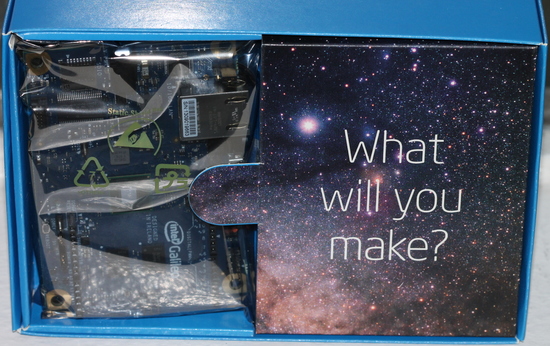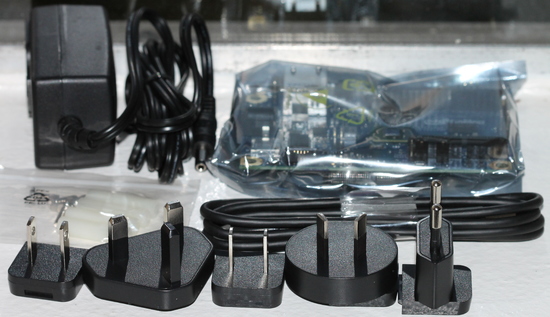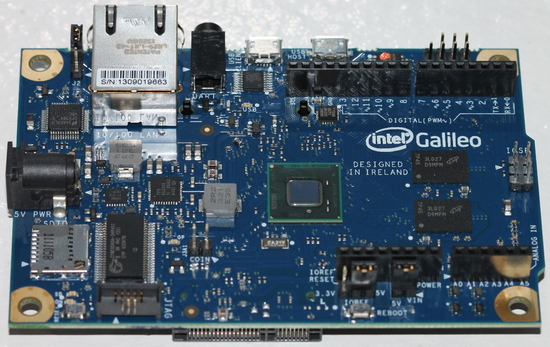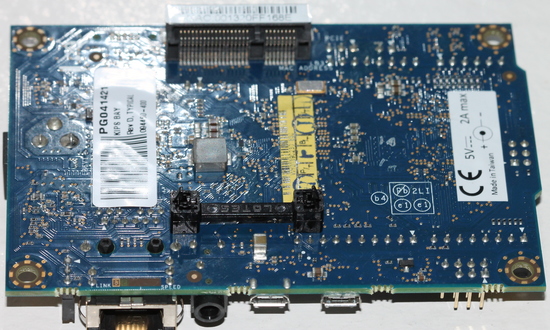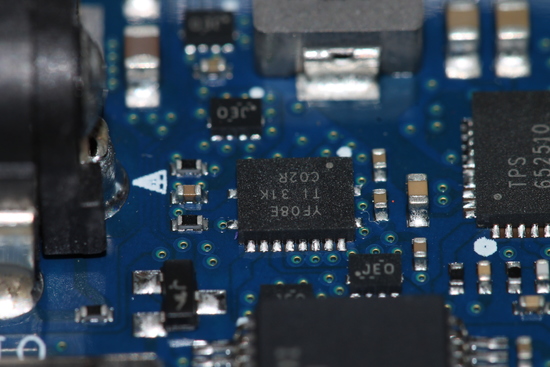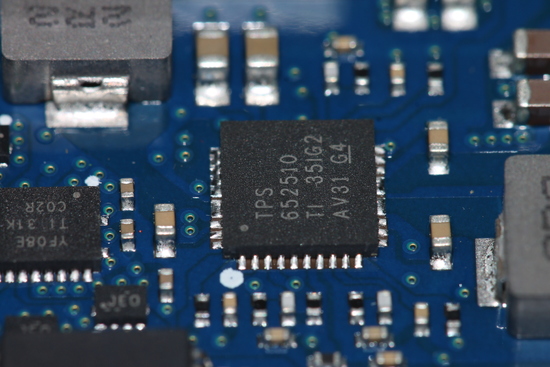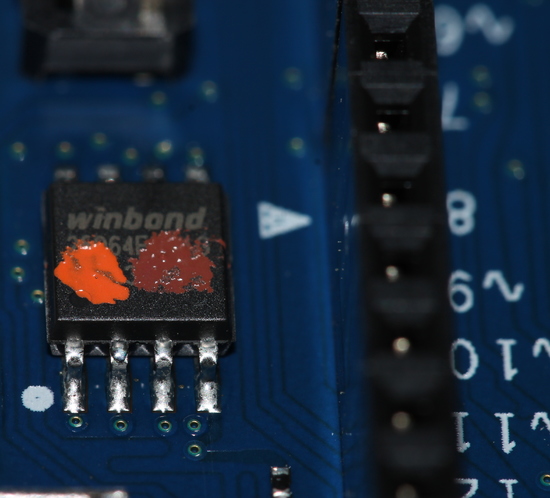
Arduino - Intel Galileo
So yeah, I got a free Arduino Intel Galileo on October 11, 2013. Isn't that a pretty box?
Full disclosure: I am an Intel employee as of this post (10/14/2013). The opinions expressed here are only my own, not that of my employer. I did not work on the Quark. I am using my personal pictures, publicly available sources of information, and a little bit of guesswork.
At Intel's Galileo documentation site, you can find schematics, reference designs, a bill of materials, release notes, shields, and so on.
Here's the unboxing.
What's in the box? Going clockwise from the top left: there's a smaller white box, the Galileo, a USB cable, and white plastic standoffs / spacers.
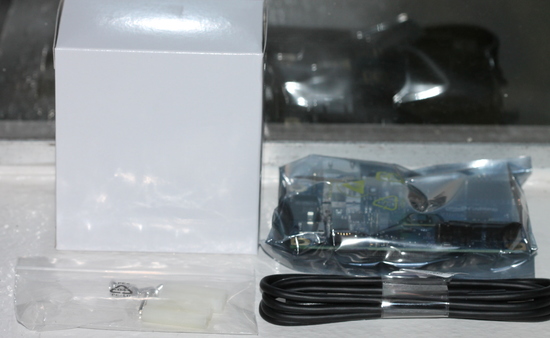

And some gratuitous close-ups... Here's the Quark, in all its glory! Intel Quark SoC X1000 Application Processor. 400MHz, 32-bit Pentium class.
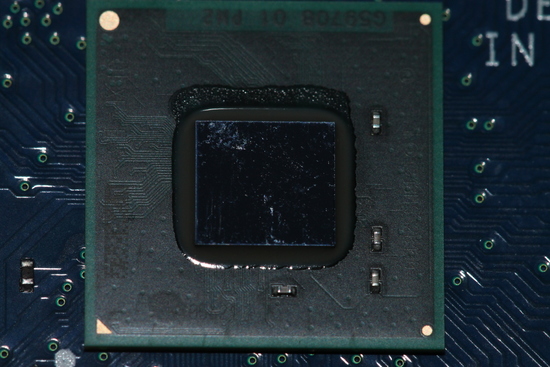
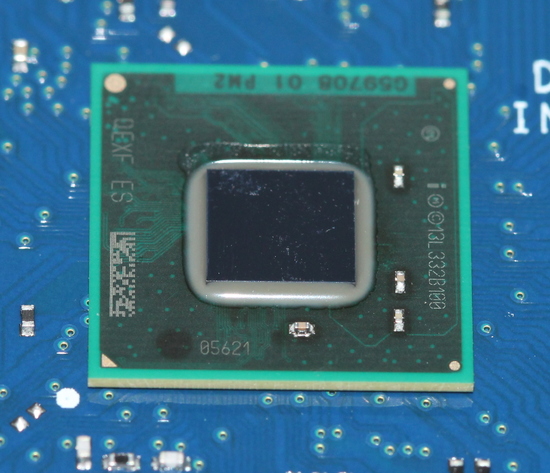


Memory is 256MB DDR3 DRAM in a 2x128 configuration, as far as I can tell. (Not official, just what it looks like to me.) There's 512KB SRAM on-die that is obviously not shown. The parts are both MT41K128M8JP-125:G (Micron).
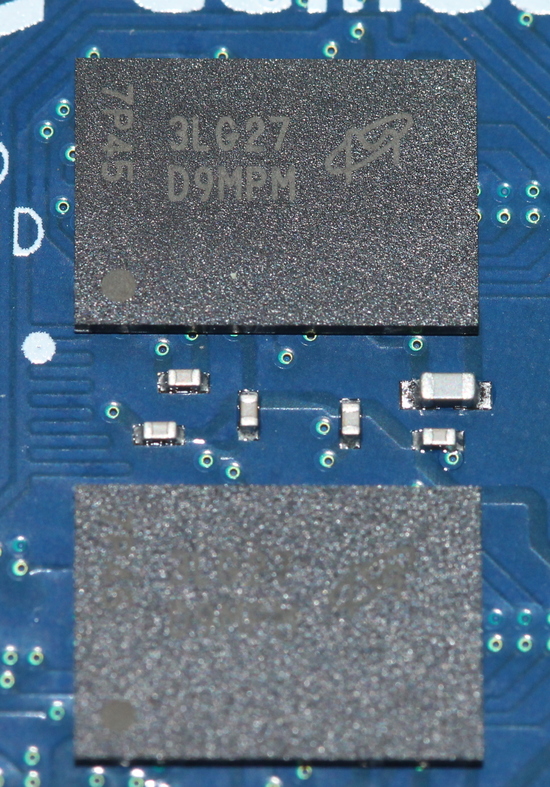
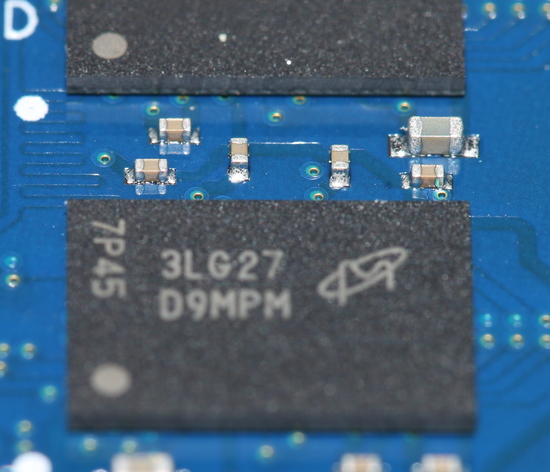


This is a PSoC (programmable system on chip) from Cypress. IT's an I2C-controlled I/O expander chip. It doesn't appear to be super fast, unfortunately. The datasheet also says it has some serial flash memory. Part: CY8C9540A-24PVXI (Cypress)
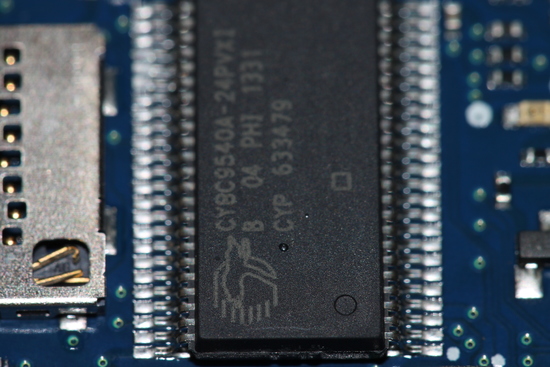

And this looks like the ethernet (10/100 mbit/s) controller (PHY). Part: DP83848C (Texas Instruments)
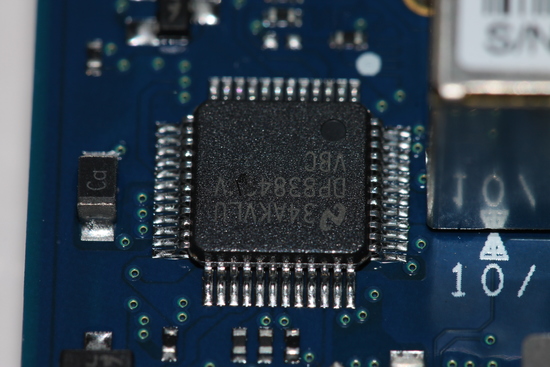

RS232 Controller, it would seem. Does it also do UART? Based on its proximity to the UART jack, I guess so, but I don't know for sure. The part looks like 3232EC (Sipex) but the BOM has the RS232 controller as MAX3232CUE+. So I'll split the difference. Part: 3232EC (Sipex) or MAX3232CUE+ (Maxim).
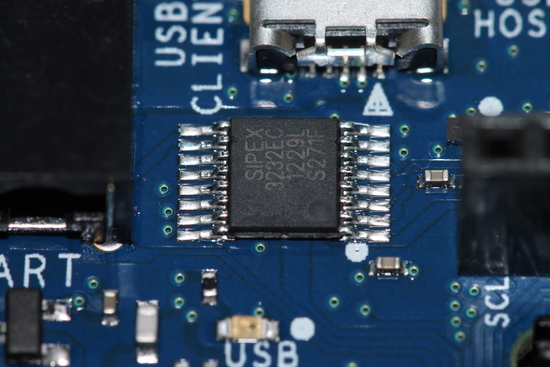

These are scattered all over the board. They are multiplexer/demultiplexers (analog SPDT switches). Part: TS5A23159 (Texas Instruments)
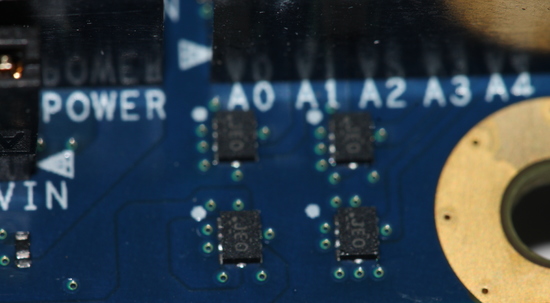

DDR sink/source controller. Not entirely sure how this little guy works. Part: TPS51200 (Texas Instruments).


Here's a UART 3.5mm 3-pin jack. It's not audio!


It wouldn't be Arduino without the Arduino-compatible headers! With their weird 160mil spacing, if I remember correctly. This means all arduino shields will fit into this board just fine! I highly recommend the protoboard shield (protoshield?).
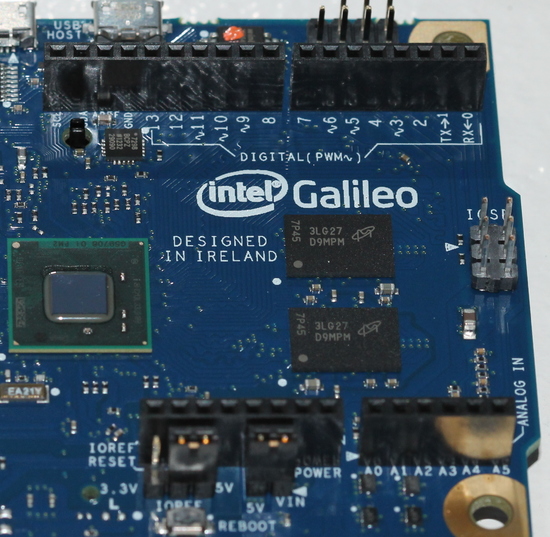
So that's a couple pictures. I love this little board. So exciting!

So that's a couple pictures. I love this little board. So exciting!
Ches Koblents
October 14, 2013
October 14, 2013



